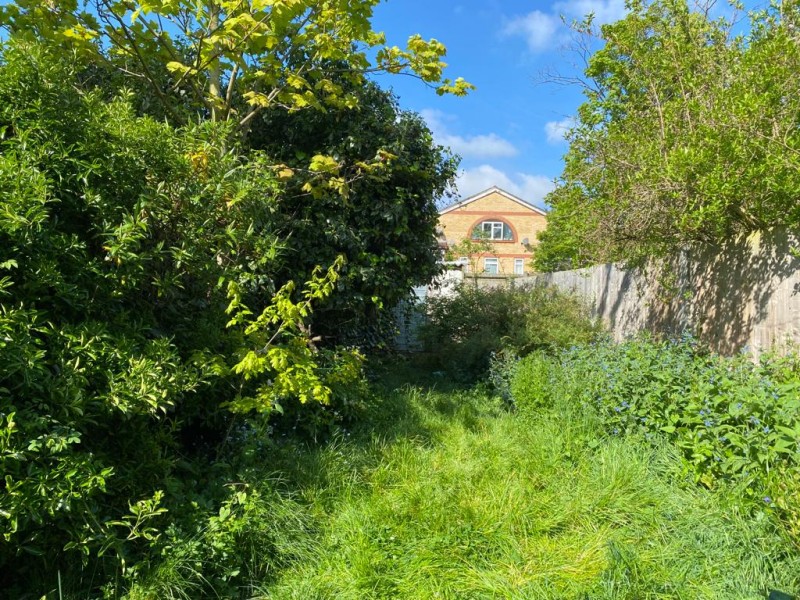Creating a wildlife-friendly garden not only enhances the beauty of your outdoor space but also plays a crucial role in supporting local ecosystems. A well-planned garden can provide food, shelter, and water for a variety of creatures, from pollinators and songbirds to small mammals. By choosing the right plants, you can create a haven for wildlife throughout the year while enjoying a vibrant and dynamic landscape. In Southeast London, organizations like UrbanGardeners are dedicated to maintaining and promoting these wildlife-friendly spaces year-round.
Native Wildflowers: A Pollinator’s Paradise
Native wildflowers are a cornerstone of any wildlife-friendly garden. They offer nectar and pollen to essential pollinators like bees, butterflies, and other insects. Plants such as coneflowers (Echinacea purpurea) and black-eyed Susans (Rudbeckia hirta) are excellent choices due to their hardy nature and extended blooming periods.
In addition to their ecological benefits, native wildflowers add bursts of color and visual interest to your garden. By planting a diverse array of species that bloom at different times, you ensure a consistent food supply for pollinators across the seasons. UrbanGardeners encourage homeowners to prioritize native plants that thrive in the Southeast London climate, supporting both biodiversity and sustainable gardening practices.
Fruit-Bearing Shrubs: Nourishment for Birds and Beyond
Fruit-bearing shrubs provide a dual benefit—they offer delicious produce for humans while supplying vital food for wildlife. Shrubs such as elderberry (Sambucus nigra), serviceberry (Amelanchier), and blueberry (Vaccinium corymbosum) attract birds like robins, blackbirds, and thrushes. These plants also provide shelter and nesting sites, creating a multi-functional habitat for a variety of species.
To maximize the impact, plant a mixture of shrubs that produce fruits at different times of the year. This ensures a continuous food source for wildlife, even during the harsh winter months when other resources are scarce. UrbanGardeners emphasize the importance of these shrubs in urban environments, helping to create green corridors that connect fragmented habitats.
Evergreen Trees: Year-Round Shelter and Protection
Evergreen trees, such as pines (Pinus) and spruces (Picea), are invaluable for providing year-round shelter. These trees offer safe nesting sites and protection from the elements for birds and small mammals. Their dense foliage creates an ideal refuge during cold months when deciduous trees have shed their leaves.
Incorporating evergreens into your garden design adds structural variety and provides visual interest even in winter. UrbanGardeners advocate for planting native evergreen species to support local wildlife while contributing to urban greening efforts in Southeast London.
Grasses and Sedges: Habitat Diversity at Ground Level
Ornamental grasses and sedges offer more than aesthetic appeal—they also provide essential habitats for ground-nesting birds, insects, and small mammals. Varieties like switchgrass (Panicum virgatum) and tufted hairgrass (Deschampsia cespitosa) are particularly beneficial. Their tall, swaying forms create movement in the garden while offering cover and nesting material.
Leaving patches of grasses untrimmed through the winter months provides continued shelter and a source of seeds for hungry wildlife. UrbanGardeners highlight the ecological value of these plants, encouraging their use in both residential gardens and community green spaces to enhance habitat diversity.
Pollinator Plants: Supporting Vital Ecosystem Services
Pollinators are essential for healthy ecosystems, and providing them with the right plants is key to their survival. Plants like milkweed (Asclepias), bee balm (Monarda), and lavender (Lavandula) are excellent for attracting bees, butterflies, and hummingbirds. These species not only support pollinator populations but also add fragrance and beauty to your garden.
By planting a range of pollinator-friendly species, you create a continuous food source throughout the growing season. UrbanGardeners advocate for integrating these plants into urban landscapes to support declining pollinator populations and foster a healthier urban ecosystem in Southeast London.
Water Sources: A Vital Resource for All Wildlife
Although not a plant, water is a crucial component of a wildlife-friendly garden. A small pond, birdbath, or shallow dish of fresh water can provide drinking and bathing opportunities for birds, insects, and other animals. Water sources become especially important during hot summer months and freezing winters when natural water supplies may be scarce.
UrbanGardeners promote the addition of water features to urban gardens, enhancing biodiversity and providing much-needed resources for local wildlife. Simple additions like a small pond with native aquatic plants can transform your garden into a thriving oasis.
Creating a Year-Round Wildlife Haven
By thoughtfully selecting a variety of plants and including essential resources like water, you can create a garden that supports wildlife throughout the year. The key to success lies in providing a range of habitats and food sources that cater to different species and seasonal needs.
UrbanGardeners play a vital role in maintaining and promoting these practices across Southeast London. Through community engagement and education, they inspire residents to cultivate gardens that not only beautify urban areas but also foster biodiversity and ecological resilience.
Incorporating native wildflowers, fruit-bearing shrubs, evergreen trees, grasses, pollinator plants, and water sources ensures that your garden becomes a sanctuary for wildlife in every season. Embrace the beauty and benefits of a wildlife-friendly garden, and enjoy the rewarding experience of sharing your outdoor space with nature. You can reach out to us for professional help.


0 comments